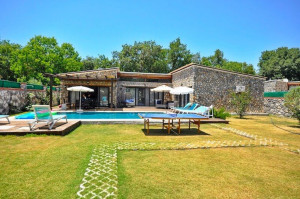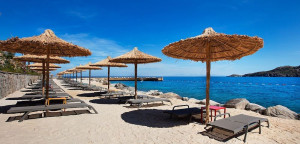Think ‘fashion’ and the usual destinations that spring to mind are Milan, London and New York. But Turkey? Not so much. However, with Turkey’s middle class earning more than ever and hungry for designer and luxury brands, who knows what the future will bring. There’s even a chance you might be adding “...and Turkey” after naming the Big Three fashion capitals of the world.
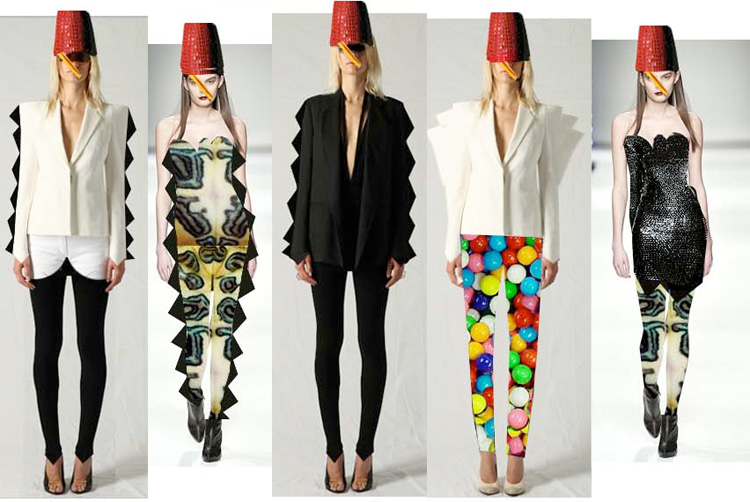 The last decade has been very good to Turkey’s middle classes. The country’s economy is strong and was largely unaffected by recession and the national wage has risen steeply. Young Turks are finding themselves with cash left over at the end of the month - and they’re not afraid to spend it, snapping up designer brands like there’s no tomorrow.
The last decade has been very good to Turkey’s middle classes. The country’s economy is strong and was largely unaffected by recession and the national wage has risen steeply. Young Turks are finding themselves with cash left over at the end of the month - and they’re not afraid to spend it, snapping up designer brands like there’s no tomorrow.
Turkey’s economic success also allowed for a number of international fashion houses, luxury brands and boutique designers to open new stores in Turkey’s larger centres, both in independent stores and in department stores. French luxury firms operating in Turkey have reported 30% growth over the past five years. And it’s not just outsiders coming in to take advantage: independent haute couture brands are flourishing at a rate never before seen in Turkey, with a number of young designers distinguishing themselves nationally and around the world.
Talking numbers
Since the early 1980s, Turkey’s fashion exports have risen from 800 million dollars to 24 billion dollars as of 2012. Turkey’s apparel exports now make up 15.5 per cent of total export profits and the apparel industry is the sixth largest in the world.
Turkey’s fashion industry makes up a significant 6.8 per cent of the country’s total gross domestic product, and 14.9 per cent of its total production output, as well as over a quarter of its labour. In fact, Turkey’s fashion industry employs more staff than any other industry in the country.
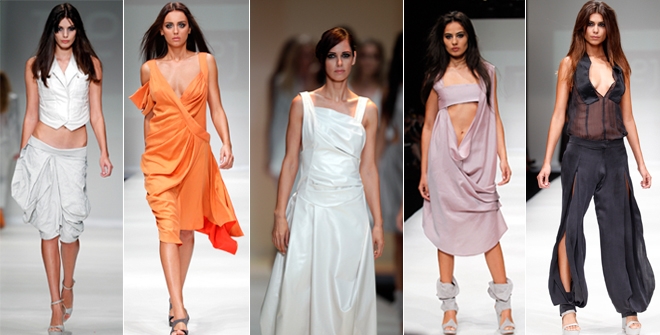 The president of ITKIB (the public body that regulates Turkey’s fashion industry) predicts that by 2023 the fashion industry will generate a whopping 80 billion dollars annually. How? Through attending international fairs, increasing exposure, creating designs with a unique Turkish flavour and not selling low, the president emphasised.
The president of ITKIB (the public body that regulates Turkey’s fashion industry) predicts that by 2023 the fashion industry will generate a whopping 80 billion dollars annually. How? Through attending international fairs, increasing exposure, creating designs with a unique Turkish flavour and not selling low, the president emphasised.
The rise of the Islamic bourgeoisie
Driving a strong facet of Turkey’s homegrown fashion industry has been the Islamic elite: a burgeoning number of wealthy conservatives who are after something a little different than the usual European imports. It’s only recently that the ban on women wearing headscarves in the public sector was overturned yet Turkish fashion houses quickly stepped up to meet the demand for conservative clothing for a new generation of Turkish Muslim women. For Turkey’s Muslim elite, wearing a headscarf does not mean being anonymous or dowdy - in fact, it’s quite the opposite: the headscarf can display individualism and style in just the same way as any other fashion trend. Turkey’s designers are recognising this important facet of the market and scrambling to capitalise on these young, savvy Muslim women with spare change to spend.
Turkey’s designers: the ones to watch
A number of designers are currently bringing Turkish fashion to the world. We select a few that are beginning to make their mark - as well as a couple who helped blaze trails in the early days of Turkish fashion.
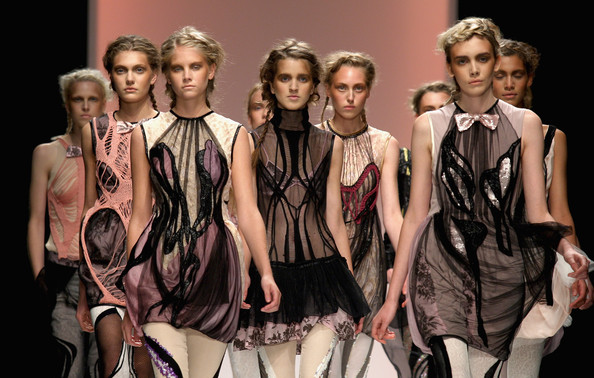 Asli Filinta
Asli Filinta
Filinta created her eponymous brand in 2008 after she graduated from design school in New York. She launched her first collection in 2009 and hasn’t looked back. She now showcases her work in 18 stores around the world, including two in Turkey.
Filinta’s work embraces femininity, with timeless, unique designs. She uses juxtaposing textures and fabrics and endeavours to surprise with her shapes and silhouettes.
Bora Aksu
Based in London for the last 15 years, Aksu has well and truly established himself as a global brand. After graduating from London’s University of Arts in 2002, he quickly picked up accolades and awards for his designs, which he describes as “romantic with a darker twist” and “mixed femininity with a hard edge.”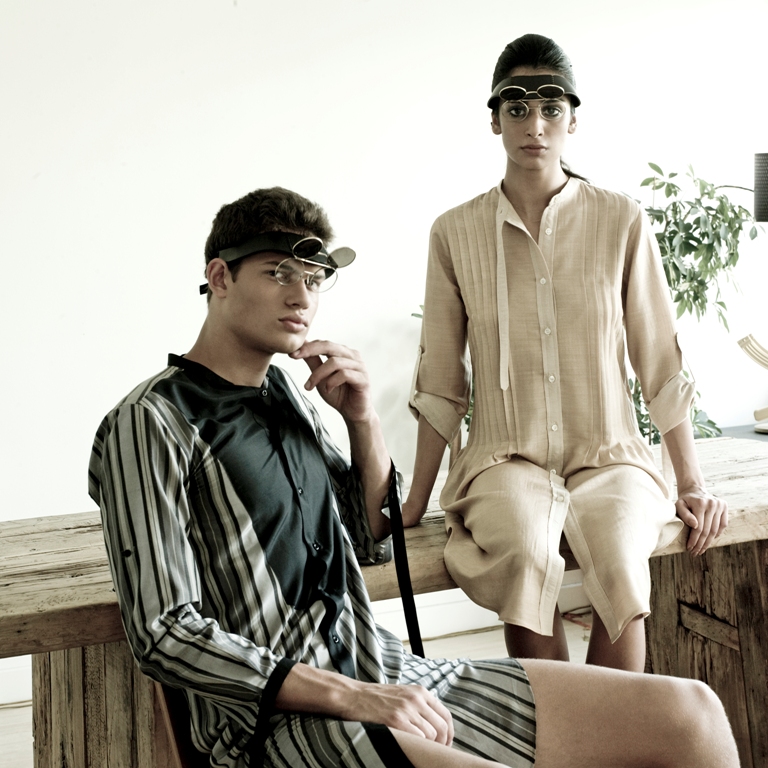
Hatice Gokce
Gokce has built up her empire to become the leader of men’s fashion in Turkey. The young designer, as well as running her own brand, is also a design consultant for major Turkish textile and design companies. Gokce’s experimental designs and shows have garnered her awards and acclaim from all over the world, and is gradually expanding her empire into the Far East.
Dilek Hanif
Hanif raised eyebrows earlier this year when pictures of her designs for Turkish Airlines’ new uniforms hit social media. Lambasted as “too conservative”, Hanif was quick to defend her designs. The established designer launched her brand in 1990 from a small store in Istanbul. Her designs quickly attracted attention when Turkish celebrities discovered the label. Her international breakthrough came after a haute couture show at Paris Fashion week in 2004, and Hanif, known for her floaty, feminine dresses, hasn’t looked back.
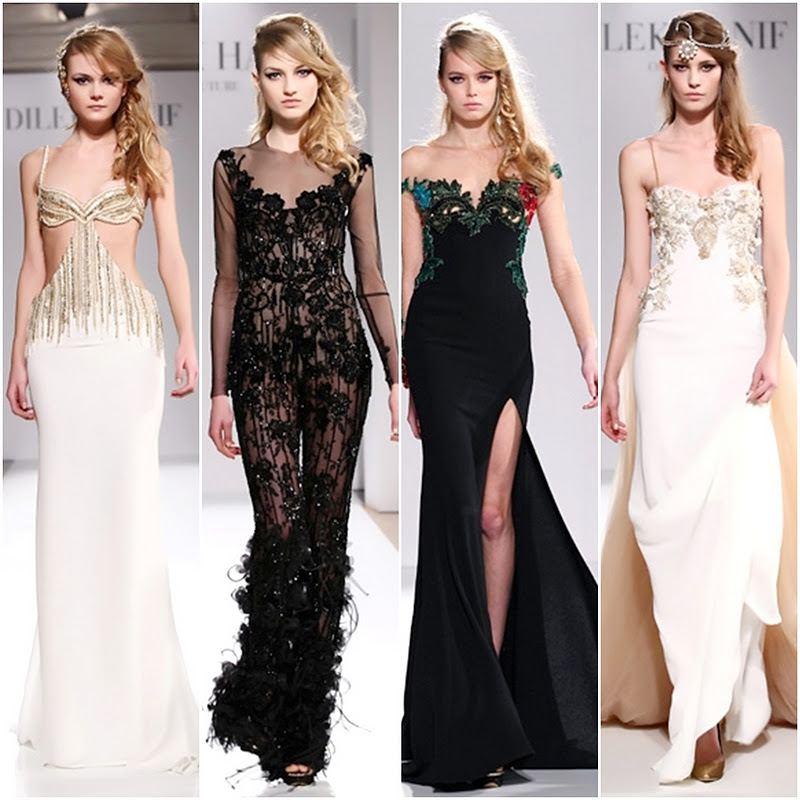 Nejla Guvenc
Nejla Guvenc
Guvenc’s eco-friendly, organic clothing and her label NEJ is now recognised all over the world, and her work has received awards and accolades aplenty - and earned her inclusion as the first Turkish woman chosen for the 10,000 Woman Program, a Goldman Sachs-funded project. Guvenc has a highly developed social conscience and has worked hard to raise the profile and funds for educating Turkey’s poorest citizens. NEJ holds a strong position in the organic clothing market in Turkey - a fast-growing market with many dedicated followers. Her products are 100% organic, compared to her nearest competitor whose clothing is just 5% organic. Still, this ambitious designer would welcome more competition, to raise the profile of her clothing and add variety, saying “we are just one colour of the rainbow.”






